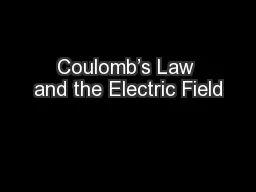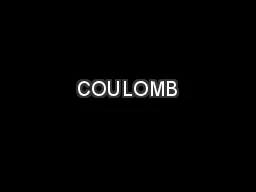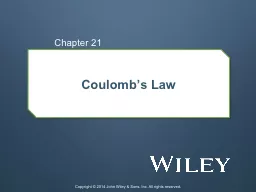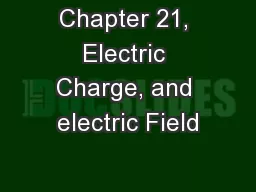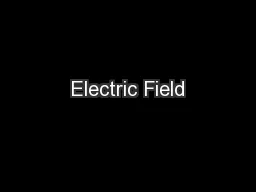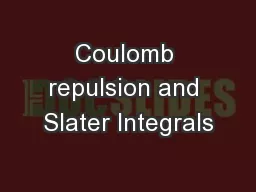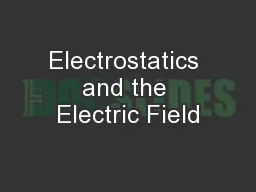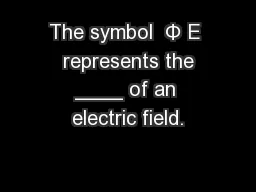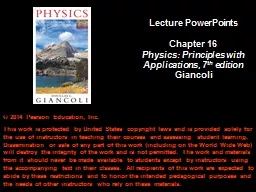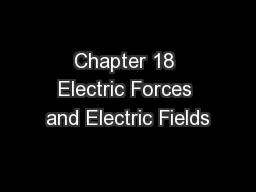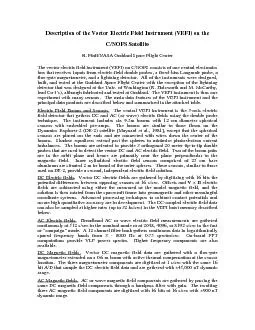PPT-Coulomb’s Law and the Electric Field
Author : giovanna-bartolotta | Published Date : 2016-03-01
Physics 2415 Lecture 2 Michael Fowler UVa The Electroscope Charge detector invented by an English clergyman in 1787 Two very thin strips of gold leaf hang side by
Presentation Embed Code
Download Presentation
Download Presentation The PPT/PDF document "Coulomb’s Law and the Electric Field" is the property of its rightful owner. Permission is granted to download and print the materials on this website for personal, non-commercial use only, and to display it on your personal computer provided you do not modify the materials and that you retain all copyright notices contained in the materials. By downloading content from our website, you accept the terms of this agreement.
Coulomb’s Law and the Electric Field: Transcript
Download Rules Of Document
"Coulomb’s Law and the Electric Field"The content belongs to its owner. You may download and print it for personal use, without modification, and keep all copyright notices. By downloading, you agree to these terms.
Related Documents

